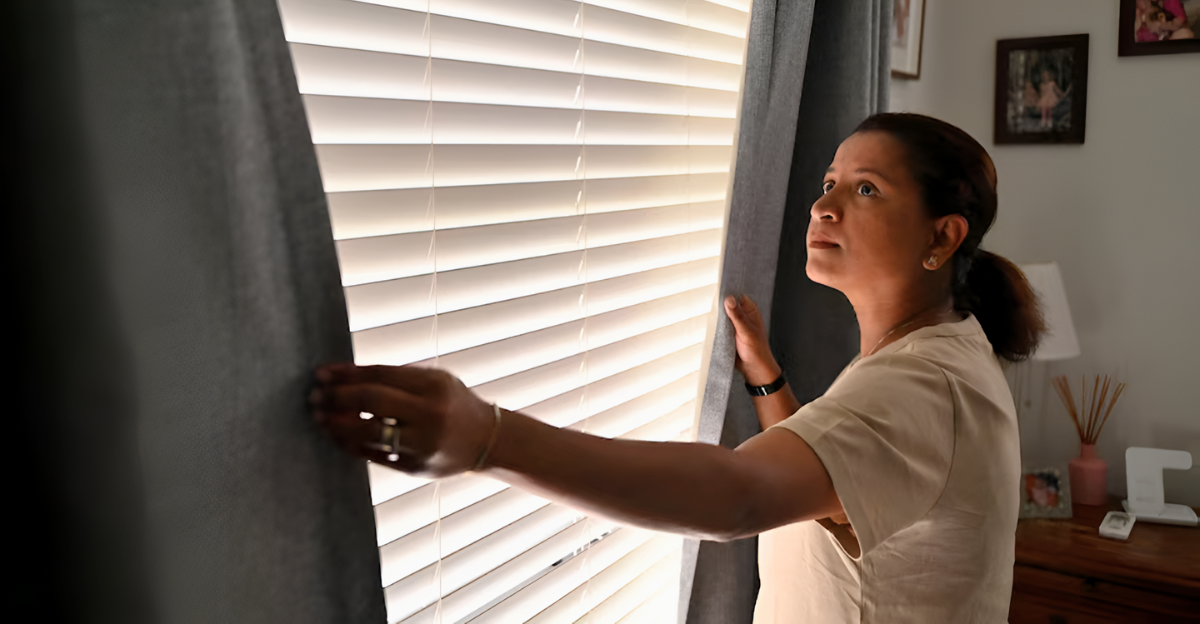
Every summer, the world gears up for another cycle of relentless heat. And yet, with all our technological gadgetry—smart thermostats, industrial-strength fans, even climate-controlled AI—millions still swelter through sleepless nights and scorching afternoons.
Social media is inundated with posts providing temperature control hacks and heat stroke horror stories, but the root problem persists: our homes, meant to shield us, are quickly starting to feel more like ovens.
Why do we feel the need to travel back in time to feel better in this age of technological advancement? The answer is both simple and deeply counterintuitive.
Heatwaves: The Unwanted New Normal

Global heatwaves are no longer unusual; they’ve become the new normal on a global scale, breaking records in countries such as the U.S. and even the U.K. According to the Climate Center, in the U.S., Texas, Arizona, and California are all experiencing weeks where the temperature reaches triple digits.
Climate scientists, such as Dr. Friederike Otto at Imperial College, London, attribute this to human-caused climate change, stating that our activities have contributed to the frequency and severity of heat waves.
Further, a study conducted by World Weather Attribution, Climate Central, and the Red Cross Climate Centre found that roughly four billion people have experienced at least a month of record-breaking heat in the past year alone.
Tech’s Temptation: Why We Reach for the Power Switch
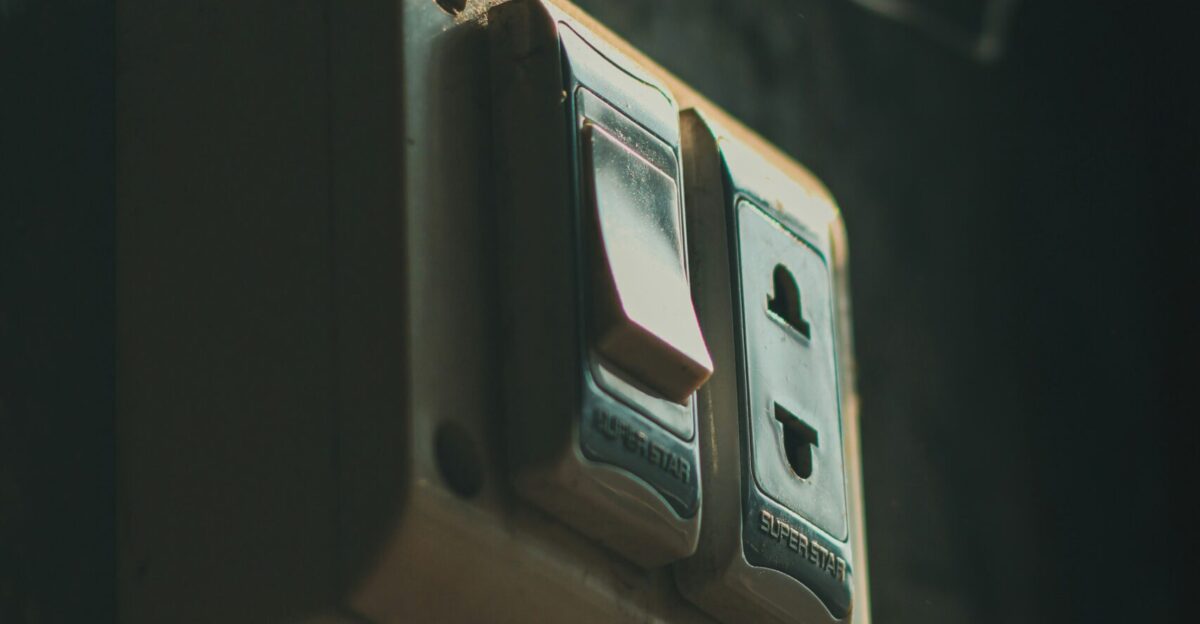
With the convenience of technology, our immediate response to extreme weather is to switch on the AC, plug in a second fan, or heat a hot pad. Further, social media is flooded with viral “cooling hacks,” ranging from homemade ice fans to complex home automation systems.
These fast fixes, however, often result in disappointment rather than a solution. The digital age, despite its promise, hasn’t brought us the magic spell to combat the increasing summer heat.
The Cost of Comfort Contemporary: Where the Solutions Break Down
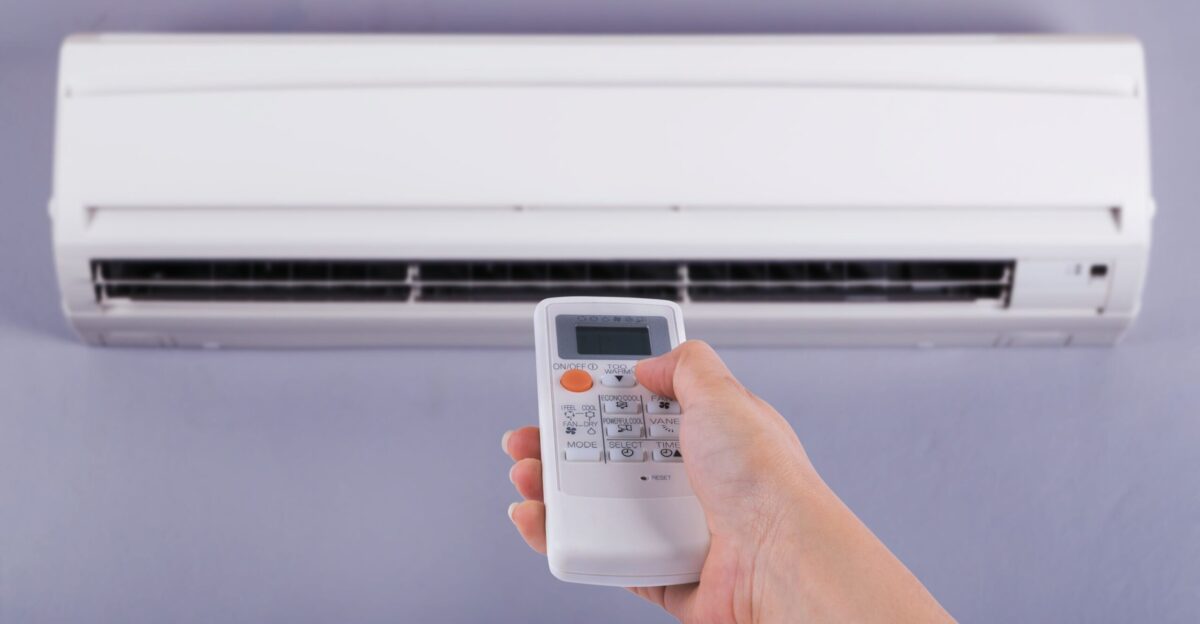
Air conditioning, once a luxury, has become the norm and a lifeline in most homes, but at a price.
Not only do air conditioners consume electricity, putting a strain on power grids and wallets, but a 2020 Paris Heatwave Modeling Study showed they can actually raise outdoor temperatures by more than 35,6 degrees Fahrenheit in cities during heatwaves.
Fans and appliances help, but as the temperature rises, their effectiveness doesn’t outweigh their overall economic and environmental costs.
The Caveman Method: The Ancient ‘Hack’ Hidden in Plain Sight
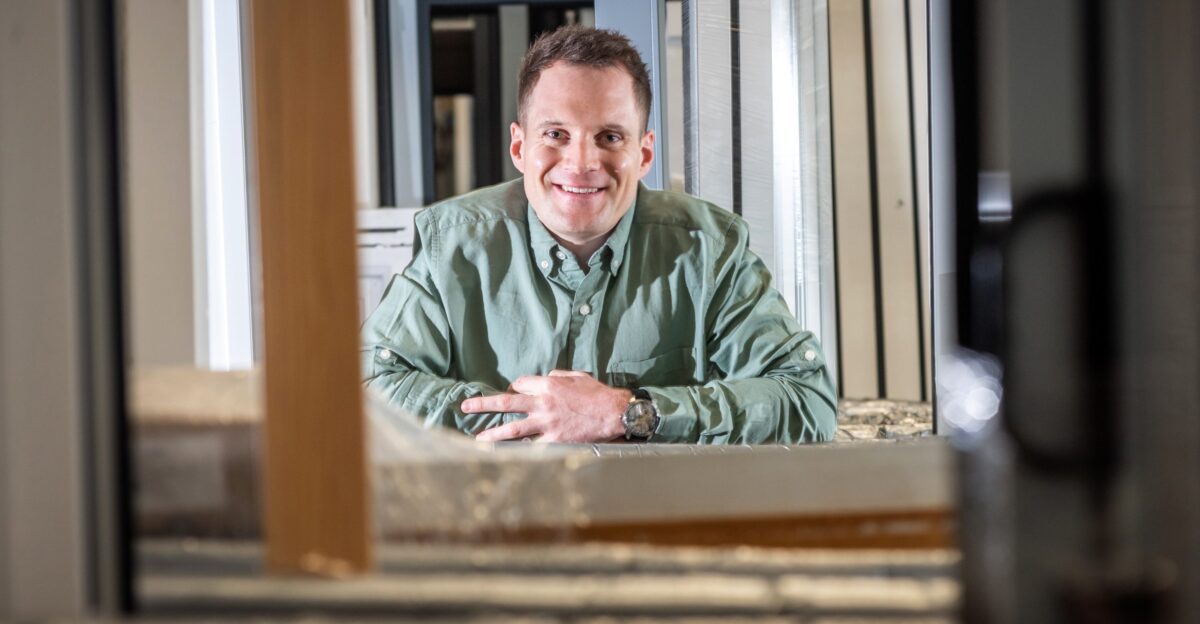
The most effective, no-power-required cooling trick is as old as humanity itself. According to Joseph Holman, CEO of Green Doors, the “caveman method” is gaining popularity as a means to cool homes effectively.
This method requires sealing your home against the heat—just like our Paleolithic ancestors, who sheltered in caves—by keeping doors, windows, and curtains closed during the hottest hours of the day.
This blocks sunlight and traps cool air inside. It sounds counterintuitive, but it works: treat your home like a cave, and you’ll stay cooler, longer.
Why the Caveman Method Succeeds
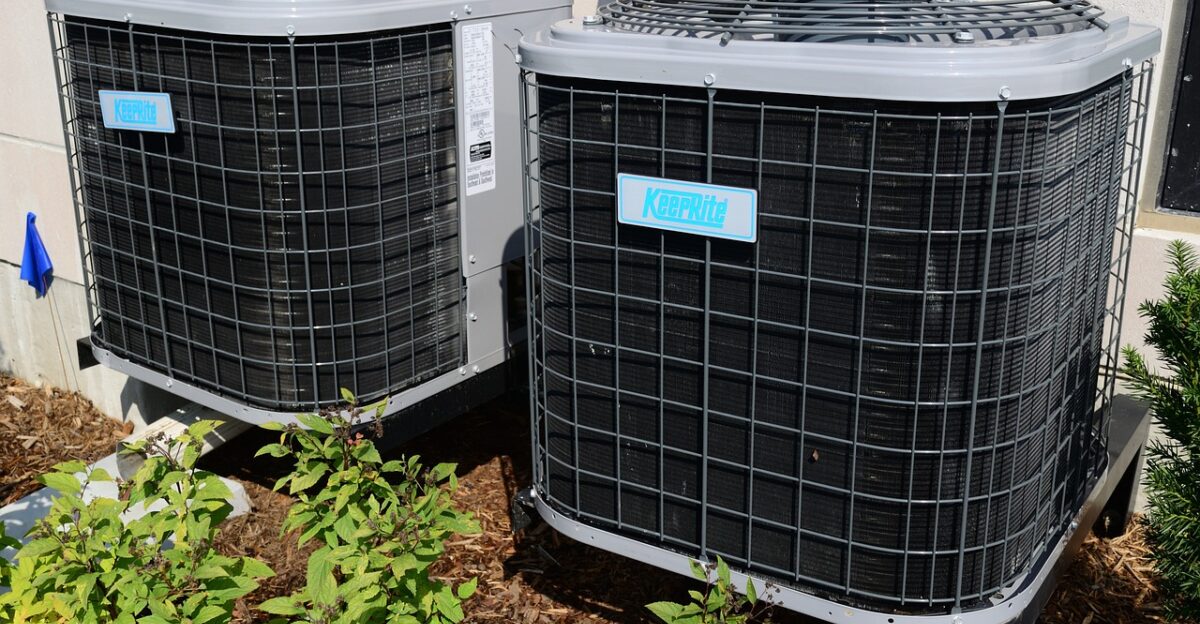
The genius of the caveman method lies in its simplicity. By shutting out direct light and warm air, you have an unlit, insulating room that resists the midday heat. Further, professionals, such as HVAC expert Josh Mitchell, advise early action—seal up before dawn breaks, and open up after dusk to admit cool air.
While this method won’t necessarily always be an adequate substitute for AC, especially in extreme heat when ventilation is crucial, it can cool indoor temperatures by several degrees.
Beyond the Cave: More No-Power Cooling Tricks

In this era of more conscious consumption, we’re rediscovering the old ways of keeping cool. As heat can be shut out by thick curtains or blackout blinds, wet towels or clay pots of water by windows provide evaporative coolness.
In the evening, cross-ventilation (opening the windows on opposite sides of a room) helps to flush out residual heat. Another way to beat the heat (and have fun at the same time) is to sleep on mattresses on the floor, where the air is coolest.
These tactics, now trending on social media, are hacks from a bygone era and are proving useful in their comeback.
The Bigger Shift: Power-Hungry to Power-Free

The return of “caveman” cooling is not solely a result of nostalgia. It’s part of a broader trend toward energy efficiency and resilience. As climate change accelerates, cities and architects are seeking to revive ancient architecture, such as thick walls, shaded patios, and windcatchers that cool without using energy.
It appears that the future of comfort will draw inspiration from the past, merging passive design with modern materials to ensure our homes are cool and sustainable.
Will We Embrace the Cave—or Simply Wait for the Next Crisis?
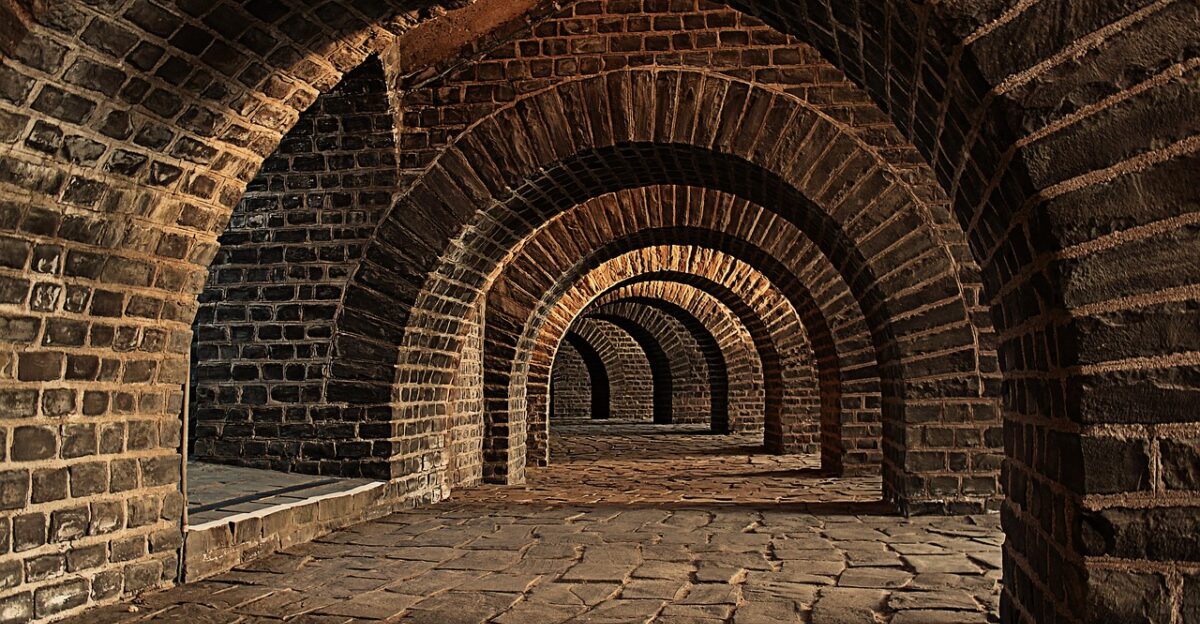
The real question isn’t whether the caveman solution works; it’s whether we’ll use it instead of our beloved gadgets. With heatwaves intensifying and power grids failing, the attraction of low-tech, zero-cost solutions grows stronger. But habits die hard.
Will we still keep seeking high-tech solutions, or finally trust historical wisdom? The next heatwave may force our hand, but the decision is ultimately in our hands.
Cool Heads, Cooler Homes, No Power Needed
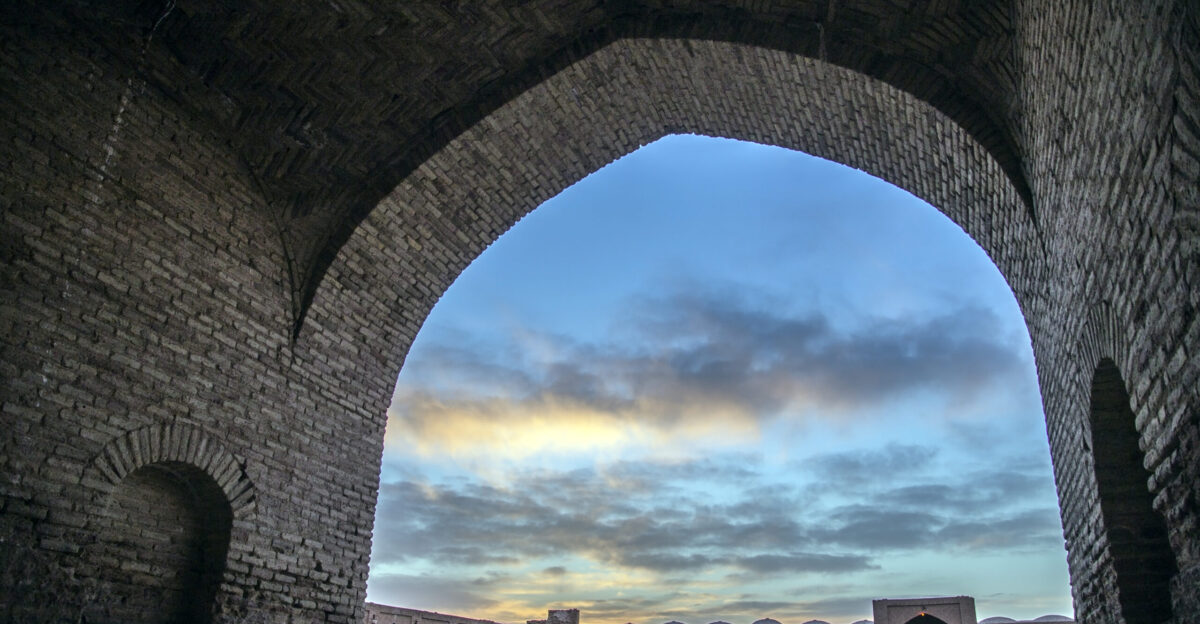
The caveman solution isn’t just an old-school throwback; it’s actually rather innovative. As climate extremes rewrite the rules, there are times when the best answer is to close the door, draw the curtains, and ride out the heat like our ancestors used to.
It’s not necessarily a move backward; it’s a sustainable way to survive as the planet heats up.
